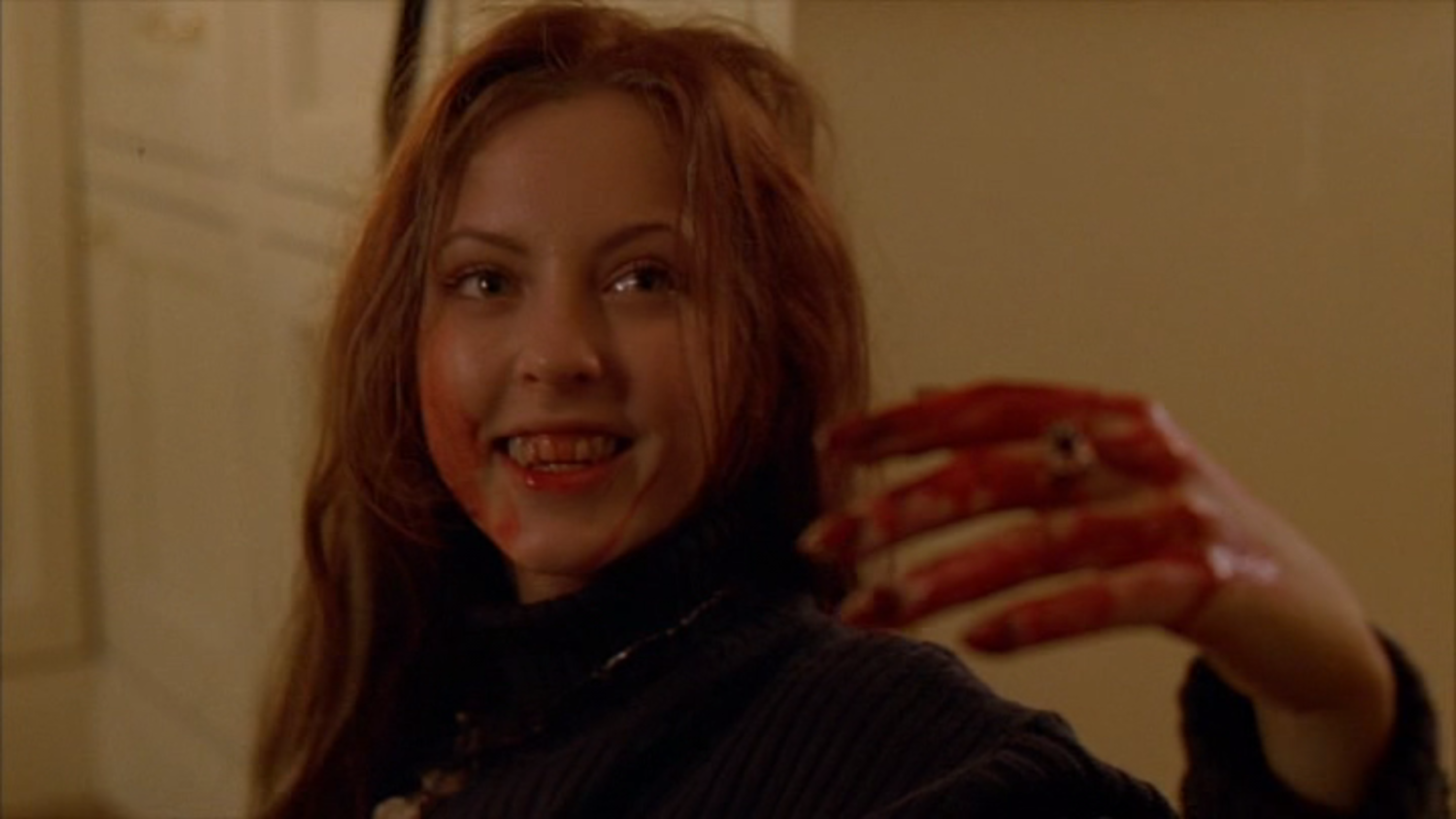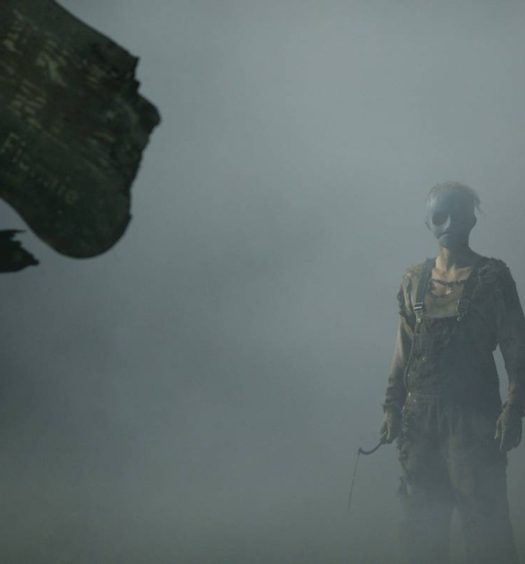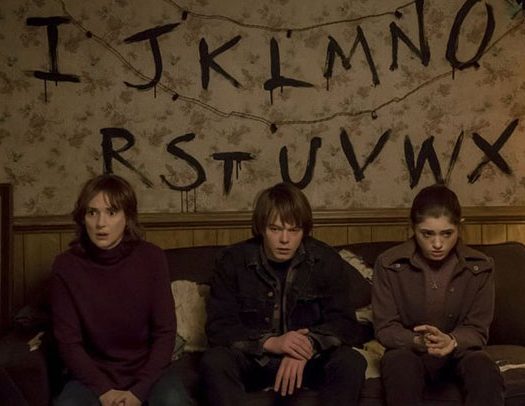There was a recent article on Glamour magazine’s website that posed the question: “Do people actually enjoy watching horror movies?” It was both the question and the article that ruffled many feathers in our fine horror community, and for many reasons. Not the least of which was the author’s condescension toward our beloved genre and its viewers, but also due to the lack of any meaningful research toward answering the article’s objective. There was a half-hearted attempt to Google answers and a reference to precisely one horror movie that put the viewer off of the genre for life. It was so poorly written and so full of disdain toward horror that this was likely a cheap attempt at clickbait in the midst of the Halloween season. Between this article, written by the blissfully ignorant, and the many nearly identical articles that pop up this time of year solely to grab Halloween clicks, I felt compelled to respond; to explain why, as the article’s author puts it, so many smart women like horror.
The unfortunate truth is many people, including critics, overlook horror because of its primary function. But you and I, fellow horror fan, we know better.
Of course there’s the obvious reason, which is the thrill of horror. Most of us watch horror movies truly hoping to get the crap scared out of us. For those of us well seasoned in horror, those adrenaline highs have become much more difficult to achieve, but you can bet we still remember fondly the moments in film that sent chills down our spine. I still recall the moment where, as a teen, I had to pause the VHS tape during my first viewing of Event Horizon to phone a friend in the middle of the night because Peters’ hallucinations of her sickly son were giving me the creeps. And when a new film does manage to penetrate our thick horror-loving skins to induce those much craved scares? That film instantly secures a spot in our hearts. I know I’m not alone in that, considering The Conjuring 2 topped $300 million in the worldwide box office. Why do we love to be scared? I could cite scientific reports that point out how horror movies causes our brain to secrete feel good hormones and adrenaline that results in a similar affect to anesthesia. Which, in effect, lowers stress and anxiety. More simply put, though, is that being scared is fun. That build up and release of tension and the subsequent relief is not unlike a roller coaster.
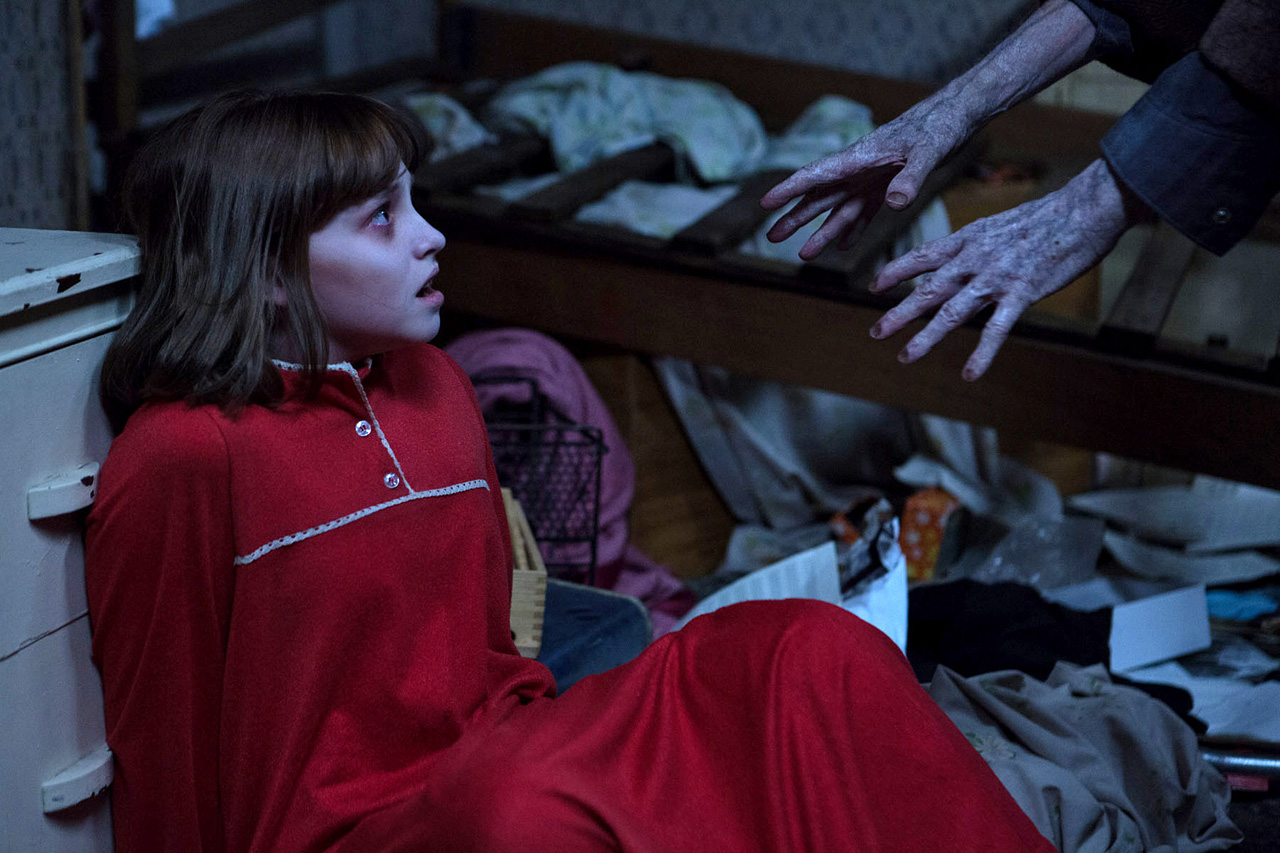
$320.2 million worldwide box office? Gee, horror fans must be the minority.
Yet, it’s reductive to quantify our genre as a simple adrenaline rush. Sure, by definition, horror is meant to elicit a strong feeling of fear, dread, or shock, but I’d argue that a horror film is the most palatable delivery system when it comes to conveying controversial views on current events, social commentary, religion, or any other topic that’s often been considered taboo. Opinions and truths that would otherwise be difficult to swallow without that outer layer of horror. Films like Videodrome or They Live satirize consumerism without feeling preachy because of their use of horror. Both use very different means to convey their underlying message as well. From opposite spectrums of surrealistic horror to overt humor. One of my most anticipated films next year is Jordan Peele’s Get Out (trailer), a film that looks to explore racial fears and racism in our current social climate. The social commentary seems obvious, but the fantastic thing about horror is that it forces us to face our fears in a primal way. Facing literal and figurative fears on screen means those underlying messages slip through on a much more cerebral level. Babak Anvari’s Under the Shadow kept me in its grips with his take on the unnerving djinn, yet lead character Shideh’s brave feminism in the face of her oppressive culture lingered with me long after the movie ended. The unfortunate truth is many people, including critics, overlook horror because of its primary function. But you and I, fellow horror fan, we know better.
For those that refuse to understand why people enjoy horror? I have bad news for you: horror is never going to die.
In that same vein, horror offers a catharsis that I have yet to really discover outside of the genre. Ginger Snaps, written by Karen Walton and John Fawcett, will forever remain close to my heart for its biting, clever yet accurate metaphor for puberty. I also imagine many mothers, particularly single mothers, found much they could relate to in Jennifer Kent’s The Babadook. Many oblivious about horror find themselves revolted by the rape-revenge sub-genre, yet it never occurs to them that many women that have been victims of sexual assault find a deep sense of catharsis in the revenge seeking portion of the film. I admit to not understanding the sub-genre myself until life experiences changed the way I viewed them. There’s also catharsis on the simplest level; whatever bad day you’re having, it still beats whatever the poor characters are contending with on screen. Bored at your desk job? Well, at least you didn’t wander through an abandoned building only to find yourself in Hell, like the unsuspecting cops in Baskin. At least, I hope not.
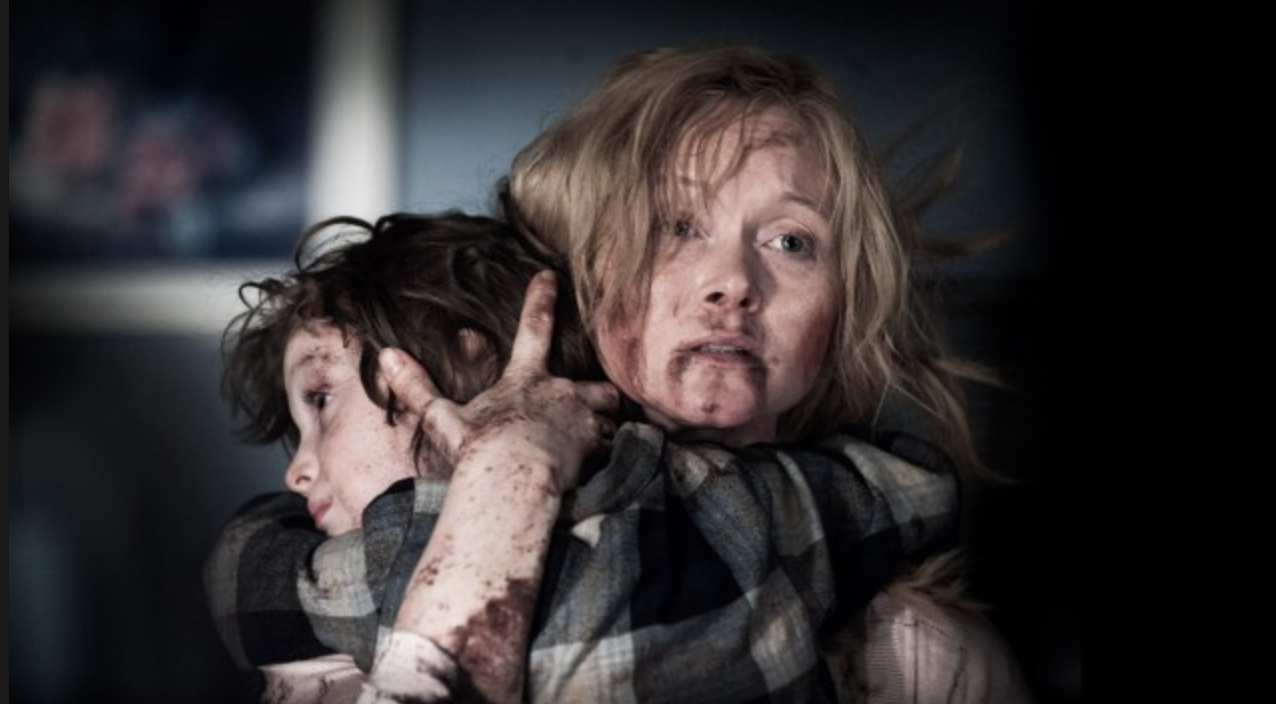
Jennifer Kent’s debut deftly conveyed grief and the plight of single motherhood.
I also challenge you to find me a genre of film more empowering to women than horror. Sure, many critics will tell you that most horror films are produced with male audiences in mind, and many will cite earlier ‘80s horror–the golden years of slashers where many women characters were written to feed into adolescent male fantasies. It’s a stereotype that’s stuck throughout the years, and it’s a largely false impression of the genre. I’ll begrudgingly admit that very early periods in horror often relegated women to damsels in need of rescue from the big bad monsters, but the landscape has changed dramatically. Ellen Ripley still remains the highest of standards for horror’s feminist heroes. I’ll save the history of the Final Girl trope for another day, but the bottom line is that women are integral to horror. Not only are they the protagonists, but they’re also often effective antagonists. Let’s face it: women are scary. Many of horrors scariest ghosts and victims of possession have been female, and it’s difficult to comprehend that same level of terror if the gender roles were reversed. Admittedly, there’s something gratifying about a female ghost, like Kayako of the Ju-On franchise, that rises up from death to claim vengeance.
While women have long dominated horror on screen, they’re beginning to dominate off screen as well. It’s been reported in the last few years that women have tipped the scales when it comes to horror fandom- we now purchase more horror movie tickets than men. As it turns out, when canvasing for the now defunct horror channel FEARnet, it was women who wanted the channel more than men (source). So no, horror isn’t just an exclusive boys-only club. As for behind the camera, more and more women are kicking ass and taking names. RollingStone magazine’s Phoebe Reilly highlights the female filmmakers currently dominating our beloved genre.
My point, however, isn’t to draw a gender line down the middle of our cherished genre, but to directly respond to Glamour magazine’s puzzlement on why so many smart women seem to love horror. Horror has taught us, men and women alike, many life lessons. We love to be spooked, but we also embrace how fundamentally human horror is at its core. We’re used to being misunderstood, and as such we’re a lot more open minded than your average Glamour magazine click-bait article writer. Not everyone is going to share the same tastes, and that’s ok. For those that refuse to understand why people enjoy horror? I have bad news for you: horror is never going to die.

